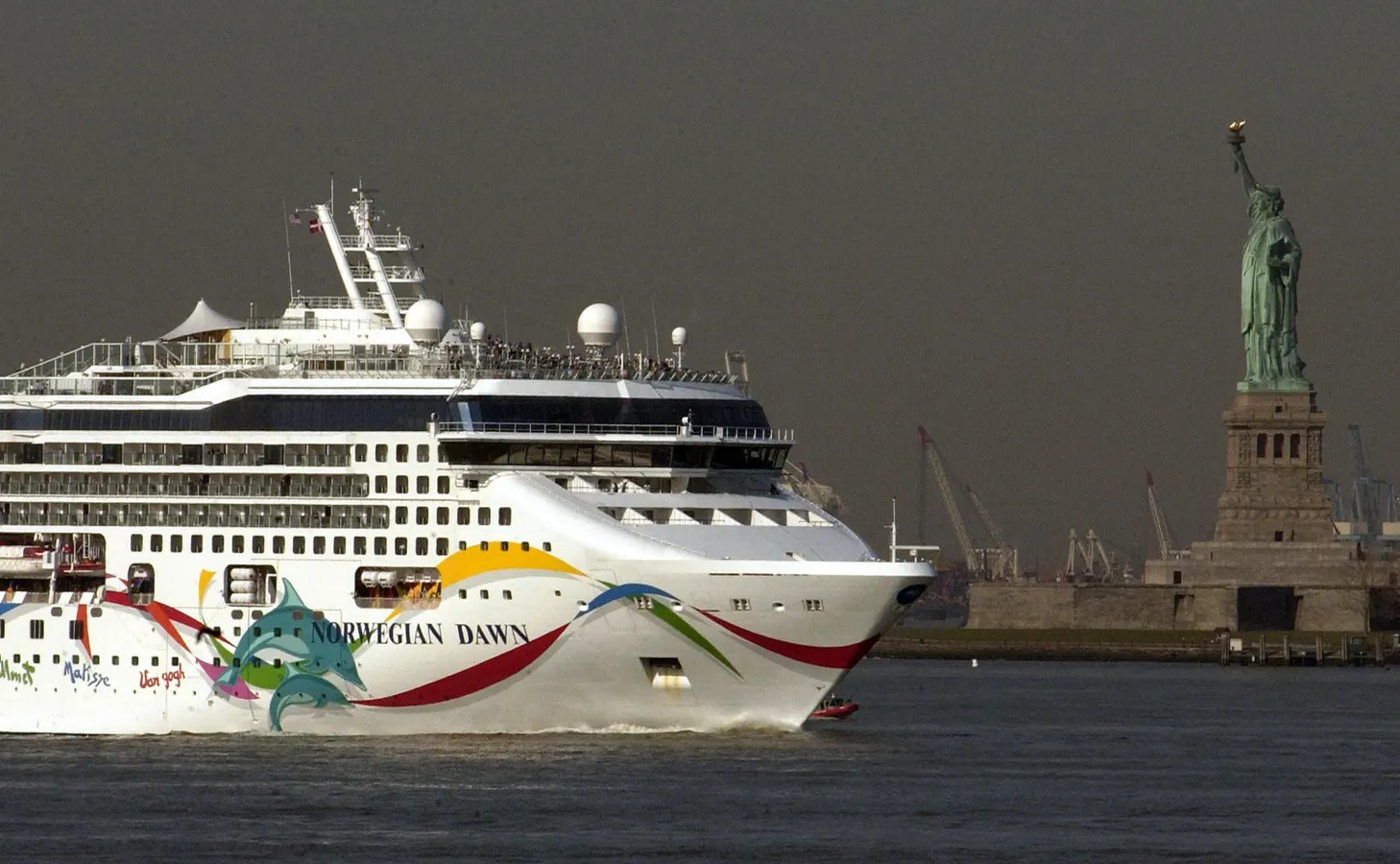Copyright Forbes

Norwegian Cruise Line (NCLH) just took a sharp hit, with the stock plunging about 15% following its recent earnings release. While the company beat on adjusted earnings, revenue of $2.94 billion fell short of expectations, highlighting concerns that demand, particularly pricing power and onboard spending, may be softer than hoped. That drop has cooled investor enthusiasm, yet paradoxically, the timing could be just right. With the shares now trading near historical support levels, it may be the “buying window” before the next leg up. Here is why – it is presently trading within the support range ($17.85 – $19.73), levels from which it has previously rallied significantly. Over the past 10 years, Norwegian Cruise Line stock has seen buying interest at this level 6 times and subsequently achieved an average peak return of 31.6%. Should you purchase a single stock you favor or create a portfolio that aims to succeed across various cycles? Our data indicates that High Quality Portfolio has transformed stock-picking unpredictability into consistent market-beating performance. This portfolio is part of the asset allocation strategy of Trefis’ wealth management partner located in the Boston area – whose asset allocation framework generated positive returns during the 2008-09 timeframe when the S&P declined by over 40%. Here are some quick data points for Norwegian Cruise Line that should assist your decision: Revenue Growth: 5.2% LTM and 79.0% over the last 3-year average. Cash Generation: Approximately -5.3% free cash flow margin and 16.0% operating margin LTM. Recent Revenue Shocks: The minimum annual revenue growth over the last 3 years for NCLH was 5.2%. Valuation: NCLH stock is trading at a PE multiple of 11.7 For a brief overview, Norwegian Cruise Line offers cruise vacations with a fleet of 28 ships and 59,150 berths, distributing through retail, travel advisors, and onboard sales channels. MORE FOR YOU What Is Stock-Specific Risk If The Market Crashes? NCLH is not insulated from significant declines. It experienced a drop of approximately 35% during the 2018 correction, plummeted nearly 87% during the Covid pandemic, and fell nearly 70% during the inflation shock. Despite having strong fundamentals, the stock is susceptible to severe losses when the market declines. This indicates that regardless of favorable conditions, downside risk remains a genuine threat. However, the risk is not confined to major market downturns. Stocks may decline even in strong market conditions – consider circumstances like earnings reports, business updates, or changes in outlook. Check out NCLH Dip Buyer Analyses to understand how the stock has rebounded from significant dips in the past.



